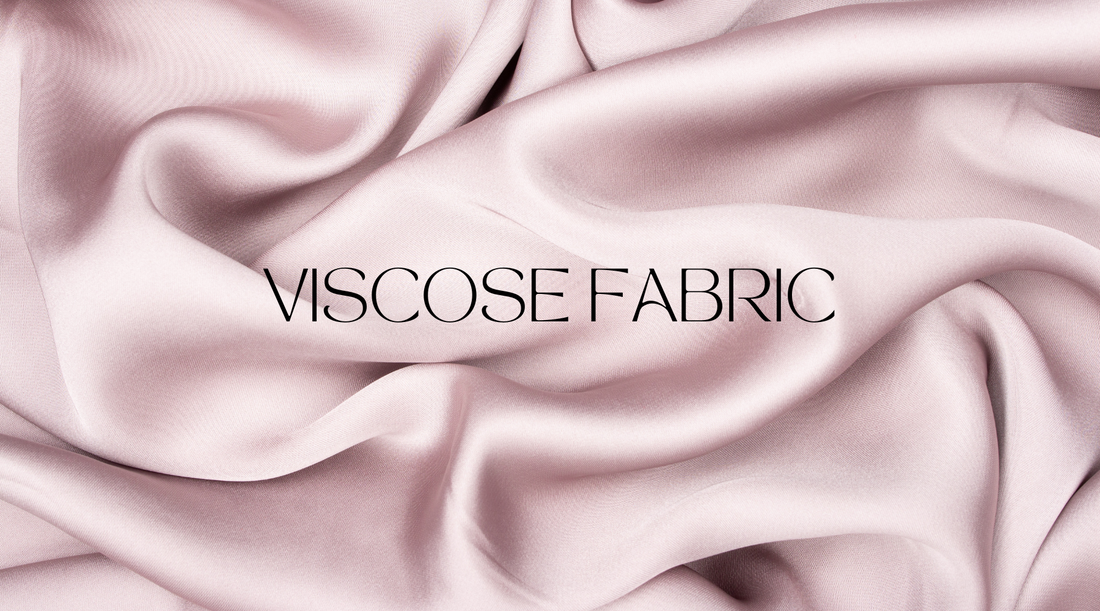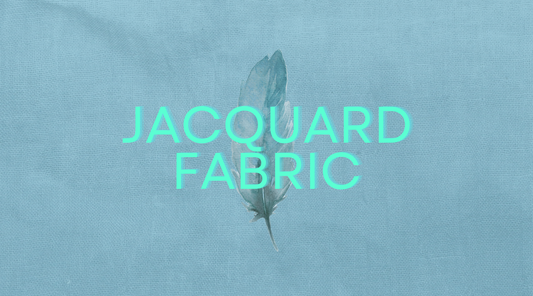Introduction:
Viscose fabric, also known as rayon, is a versatile material with a wide range of applications in the textile industry. In this comprehensive guide, we'll delve into what viscose is, how it's made, where it's used, and its environmental impact. Additionally, we'll explore the various types of rayon available and certifications that ensure its sustainability.
What Is Viscose?
Viscose, also called rayon, is a semi-synthetic fiber derived from natural sources such as wood pulp or bamboo. It is known for its softness, breathability, and versatility, making it a popular choice for clothing, upholstery, and other textile products.
How Is Viscose Fabric Made?
The production process of viscose involves several stages, including:
Cellulose Extraction: Wood pulp or bamboo is dissolved in a chemical solution to extract cellulose.
Filtration and Aging: The cellulose solution is filtered to remove impurities and then aged to achieve the desired viscosity.
Spinning: The viscose solution is forced through spinnerets to form filaments.
Coagulation: The filaments are immersed in a coagulating bath to solidify them into fibers.
Washing and Drying: The fibers are washed, dried, and cut into desired lengths to produce viscose fabric.
How Is Viscose Fabric Used?
Viscose fabric finds applications in various industries, including:
Apparel: Viscose is commonly used in making dresses, blouses, shirts, skirts, and other clothing items due to its softness and drape.
Home Textiles: It is also utilized in upholstery, curtains, bed linens, and towels.
Industrial Products: Viscose fibers are used in non-woven fabrics, medical supplies, and industrial filters.
Where Is Viscose Fabric Produced?
Major producers of viscose fabric include countries like China, India, Indonesia, and Brazil. These countries have abundant sources of wood pulp and bamboo, which are essential for the production of viscose.
How Much Does Rayon Cost?
The cost of rayon varies depending on factors such as quality, production method, and market demand. Generally, it is more affordable compared to natural fibers like silk or cotton, making it a cost-effective option for many consumers.
What Different Types of Rayon Are There?
There are several types of rayon, each with its own characteristics and production methods:
Viscose Rayon: The most common type of viscose rayon material, made from wood pulp or cotton linters.
Modal Rayon: A type of rayon made from beech trees, known for its softness and moisture-wicking properties.
Lyocell: A newer form of rayon made from wood pulp using an eco-friendly solvent, prized for its sustainability and strength.
Bamboo Rayon: Rayon made from bamboo fibers, valued for its softness and antibacterial properties.
How Does Rayon Impact the Environment?
While rayon is derived from natural sources, its production involves chemical processes that can have environmental consequences. Issues such as deforestation, water pollution, and chemical emissions are associated with conventional rayon production. However, efforts are being made to produce more sustainable rayon through eco-friendly processes and certifications.
Viscose Fabric Certifications Available
Several certifications ensure the sustainability and ethical production of viscose fabric, including:
FSC (Forest Stewardship Council): Certifies that wood pulp used in viscose production comes from responsibly managed forests.
OEKO-TEX Standard 100: Ensures that viscose fabric is free from harmful substances and safe for human use.
BCI (Better Cotton Initiative): Promotes sustainable cotton production, which is sometimes used as a raw material for viscose.
Conclusion:
Viscose fabric, with its softness, versatility, and wide range of applications, continues to be a popular choice in the textile industry. Understanding its production process, environmental impact, and available certifications is crucial for making informed decisions about its usage. As the demand for sustainable textiles grows, efforts to improve the eco-friendliness of viscose production are underway, ensuring a more sustainable future for this valuable material.















